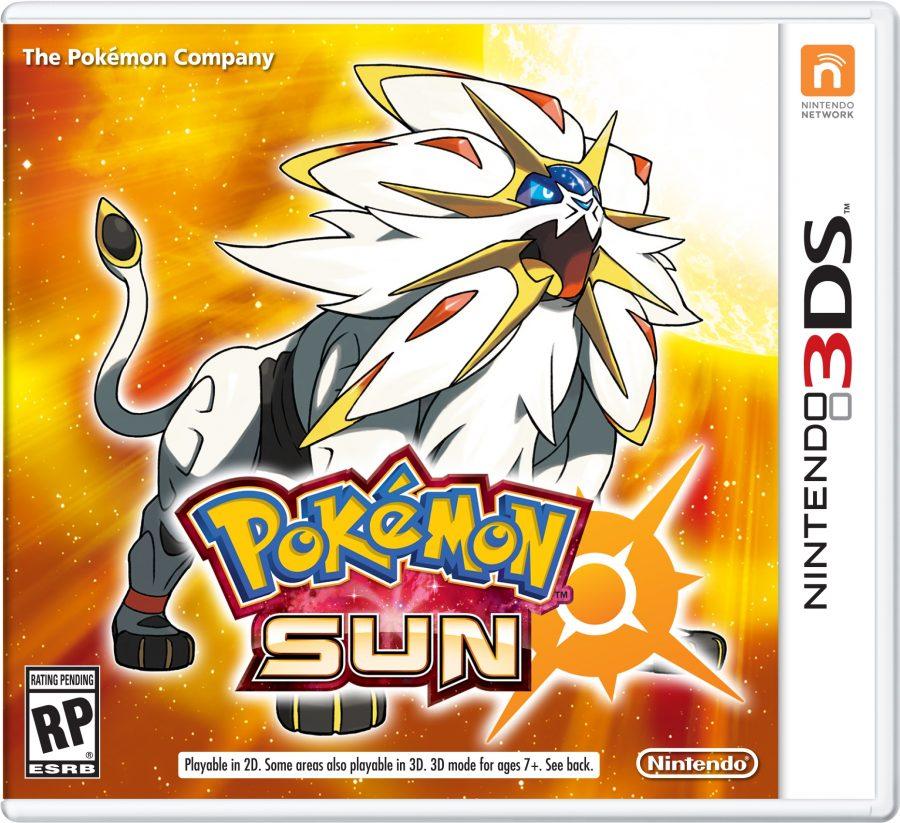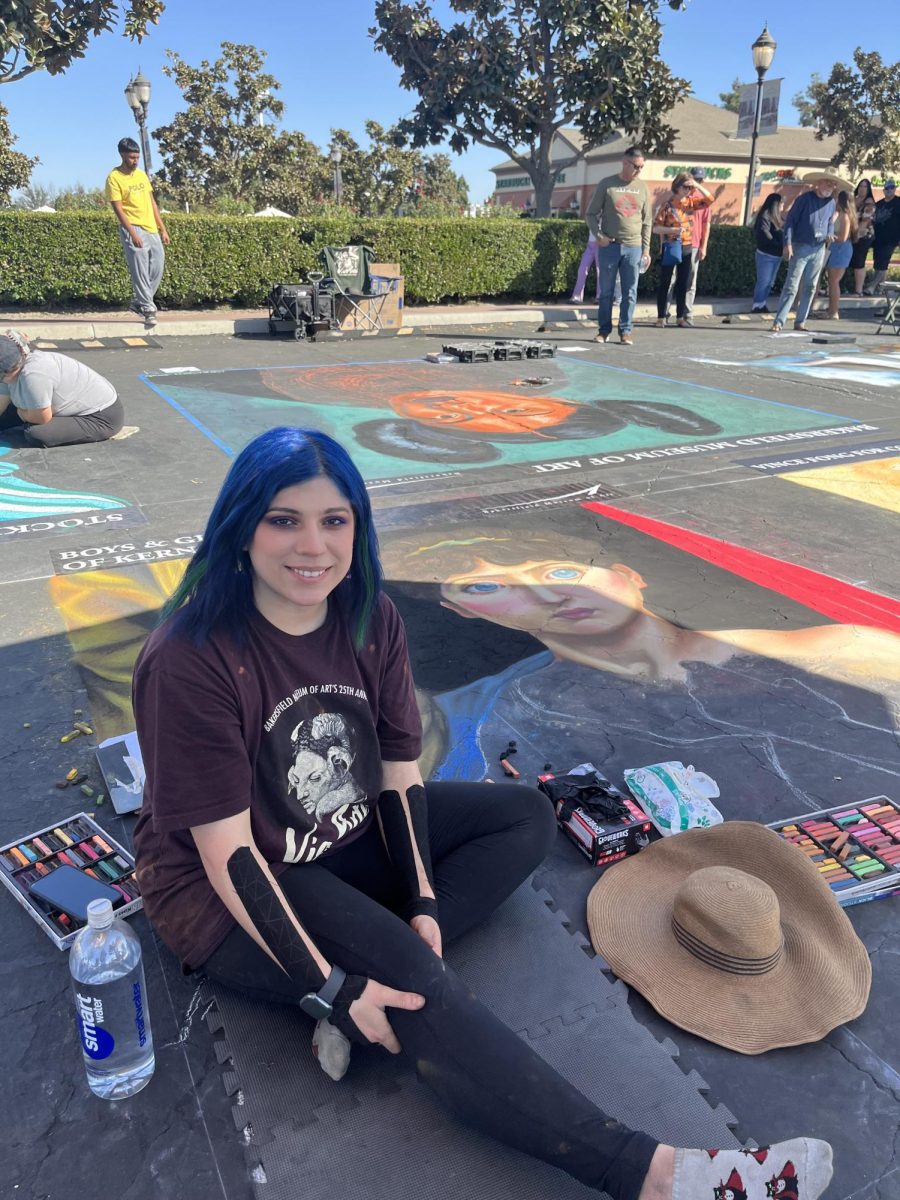‘Pokémon Sun’ is a triumph of new tricks in an old game
December 2, 2016
It would be inadequate to say my love for Pokémon is anything but unhealthy. While I wasn’t as receptive to the game when it first came out and took over the junior high playground, I eventually succumbed to its charm and never looked back. Since then I have played every version and remake that Nintendo and Game Freak can throw at me.
Pokémon Sun and Moon, the latest in the game franchise, not only delivers on previous standards, but also improves on certain game mechanics that, honestly, should have been there from the beginning.
The game takes place in the Alola region, a caricature of the Hawaiian Islands. The player takes on the role of a transplant from the Kanto region (where the original game took place) and is given the task to travel the four islands taking on each of the island’s Kahuna while simultaneously trying to “catch them all” and fight back the threat of Team Skull.
While I will miss the idea of battling Gym Leaders to receive badges, I also found the new system a fresh take on an old idea and not as tedious as I found the task in the former iterations. It also does the added job of making the Kahuna challenge very game specific. There is a lot that happens in the game that really shows the player the amount of detail the developer’s put into making this version its own realm. Hopefully that is something they will continue into future adaptions.
My favorite change in the game is also the most insignificant. In Sun and Moon, when the player comes across a newly discovered Pokémon and manages to capture it, the player is immediately given the option to add it to their roster or transfer it to PC storage. In past games, if the players team was at capacity the newly acquired creature was automatically transferred to the PC, making the player manually switch up their roster if they wanted the newly acquired monster. Finally, when I catch a legendary beast, which is typically way off the beaten path, I don’t have to schlep back to the Pokémon Center just to add it to my bench.
The Rotom Pokedex was a little strange for me at first. The little eyes staring up at me from the secondary touch screen was a tad creepy, but once I got used to his dead-eye stare I actually quite liked him. He also adds a level of character to the Pokedex, which was previously just a digital encyclopedia. Also, the little guy talks to the player and gives advice on where to go next, which is pretty handy, considering an official guide won’t be released until two weeks after the game’s debut.
The graphics in Sun and Moon are great. Sun and Moon improves on the 3D graphics from the prior versions, X and Y, by making the battling animation feel more realistic. Whenever the animated creatures would do one of their signature moves, the game would play out this elaborate animation from one side only, and the opposing Pokémon would just flinch to give the illusion that it made contact. With Sun and Moon the attacks actually look like they’re connecting with the opposition.
One of the quirkier things in the game has to be Team Skull. Like the prior versions’ respective villains, there has to be the organized force that gives the hero purpose to rise above and thwart evil. That said, they’re ridiculous. They are a bunch of white kid thug wannabes. They come with disjointed conversation and bizarre hand gestures. Their costumes are kind of neat and the name is kind of creepy, but then when they finally make their debut in the game story-line they’re just a bunch of weirdos. If that is what the developers were going for they succeeded admirably.
However, taking Team Skull down in the end makes it feel more satisfying as I find them obnoxious.








